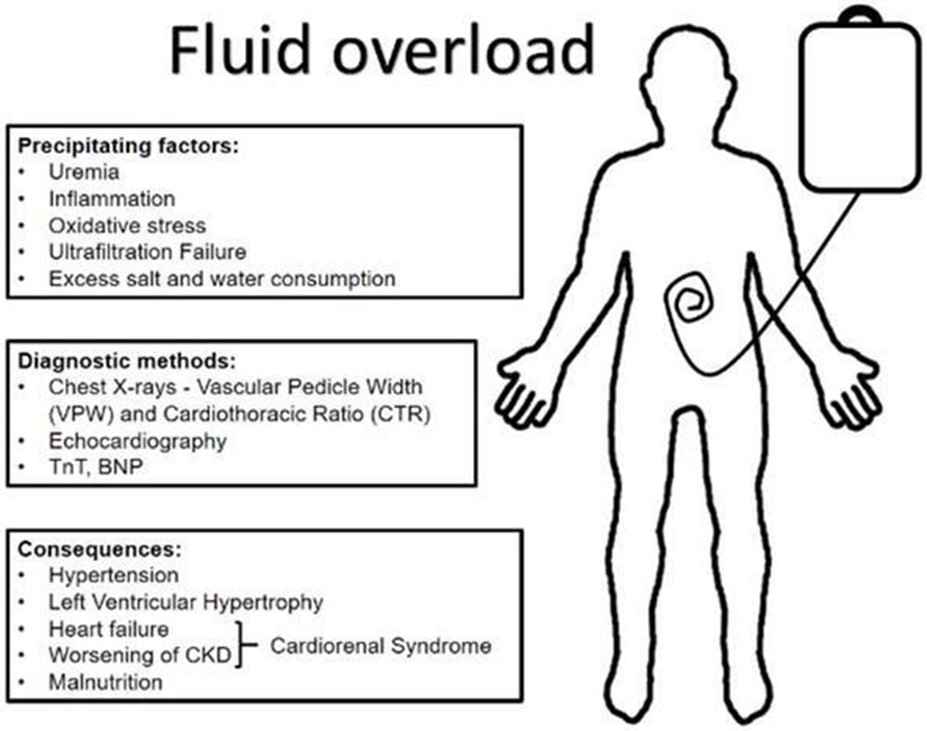An RN is observing a licensed practical nurse (LPN) and an assistive personnel (AP) move a client up in bed. For which of the following situations should the nurse intervene?
The LPN and AP lower the side rails before lifting the client up in bed.
Prior to lifting the client, the LPN and AP raise the bed to waist level.
The LPN and the AP grasp the client under his arms to lift him up in bed.
The LPN and the AP ask the client to flex his knees and push his heels into the bed as they lift.
The Correct Answer is C
- A. The LPN and AP lower the side rails before lifting the client up in bed is incorrect. This is a safe practice that prevents injury to the client and staff by providing more space for movement and reducing the risk of falling.
- B. Prior to lifting the client, the LPN and AP raise the bed to waist level is incorrect. This is a safe practice that prevents injury to the client and staff by reducing the need for bending and lifting.
- C. The LPN and the AP grasp the client under his arms to lift him up in bed is correct. This is an unsafe practice that can cause injury to the client's shoulders, neck, and axillae by applying excessive pressure and friction. The LPN and AP should use a draw sheet or a mechanical lift device to move the client up in bed.
- D. The LPN and the AP ask the client to flex his knees and push his heels into the bed as they lift is incorrect. This is a safe practice that encourages active participation from the client and reduces the workload for the staff by using leverage.
Nursing Test Bank
Naxlex Comprehensive Predictor Exams
Related Questions
Correct Answer is B
Explanation
Allow for frequent rest periods throughout the day.
- A. Perform ADLs for the client to promote rest. This is incorrect because performing ADLs for the client can increase their dependence and decrease their self-esteem. The nurse should encourage the client to perform ADLs as much as possible, with assistance as needed, to maintain their function and mobility.
- B. Allow for frequent rest periods throughout the day. This is correct because rest periods can help reduce fatigue and pain, as well as prevent joint damage and inflammation. The nurse should balance rest and activity for the client and avoid overexertion.
- C. Use heat to reduce joint inflammation. This is incorrect because heat can increase inflammation and pain in acute rheumatoid arthritis. The nurse should use cold applications to reduce swelling and inflammation in acute episodes, and use heat for chronic stiffness and pain. - D. Develop a daily schedule for acetaminophen up to 6 g/day that covers peak periods of pain. This is incorrect because acetaminophen has a maximum daily dose of 4 g/day, and exceeding this dose can cause liver toxicity. The nurse should monitor the client's liver function and use other analgesics as prescribed.
Correct Answer is C
Explanation
- A. Oliguria. This is incorrect because oliguria, or decreased urine output, is a sign of fluid volume deficit, not fluid volume overload.
- B. Bradycardia. This is incorrect because bradycardia, or slow heart rate, is not a typical sign of fluid volume overload, unless the client has a cardiac condition that affects the heart's response to fluid overload.
- C. Dyspnea. This is correct because dyspnea, or difficulty breathing, is a common sign of fluid volume overload, as excess fluid accumulates in the lungs and impairs gas exchange.
- D. Poor skin turgor. This is incorrect because poor skin turgor, or decreased elasticity of the skin, is a sign of dehydration, not fluid volume overload.

Whether you are a student looking to ace your exams or a practicing nurse seeking to enhance your expertise , our nursing education contents will empower you with the confidence and competence to make a difference in the lives of patients and become a respected leader in the healthcare field.
Visit Naxlex, invest in your future and unlock endless possibilities with our unparalleled nursing education contents today
Report Wrong Answer on the Current Question
Do you disagree with the answer? If yes, what is your expected answer? Explain.
Kindly be descriptive with the issue you are facing.
